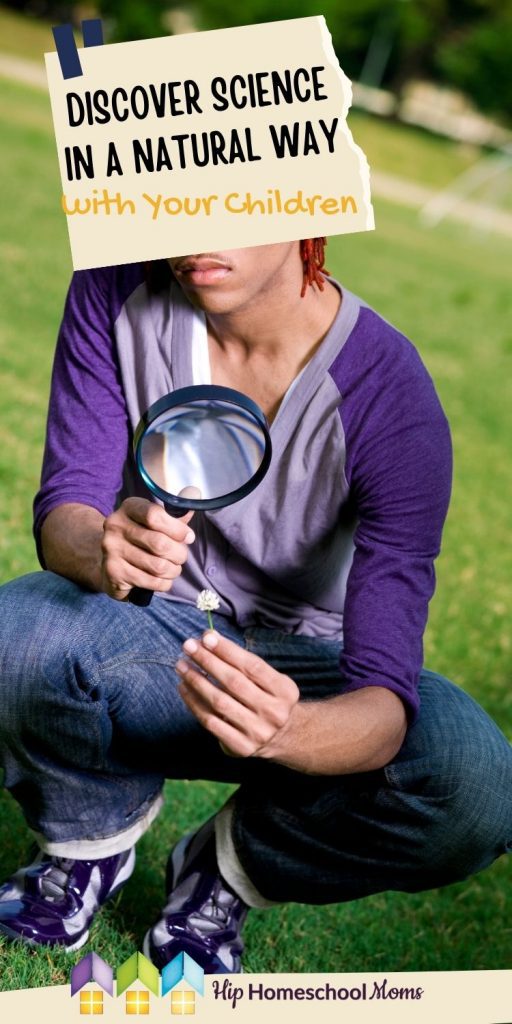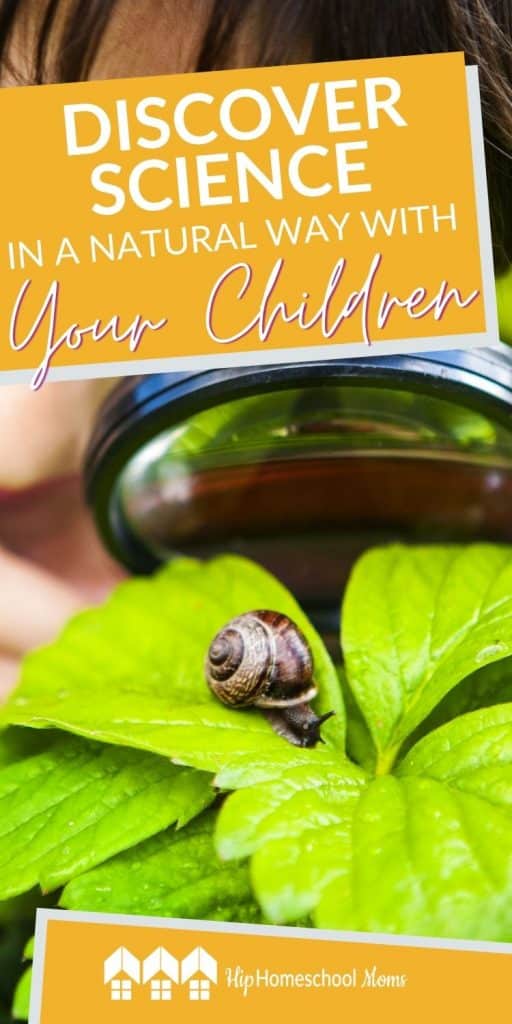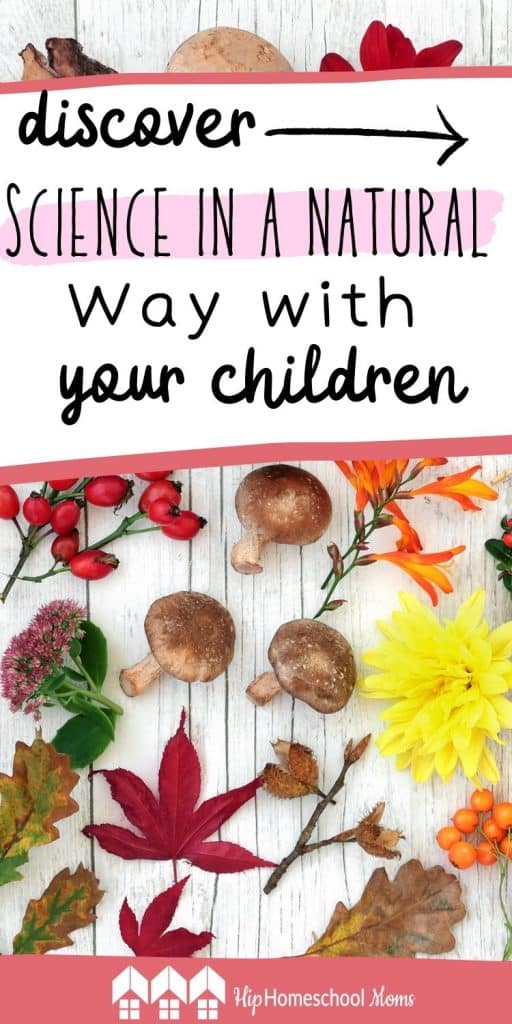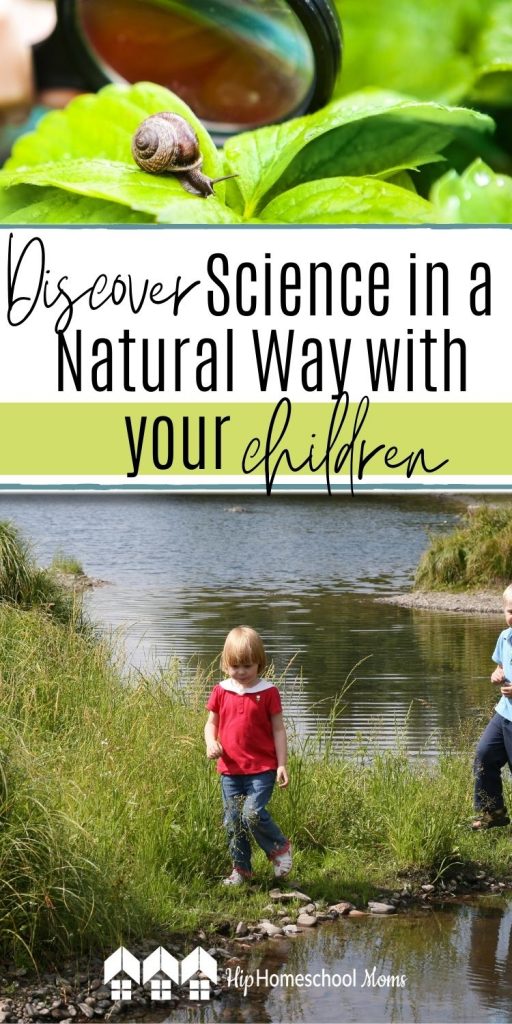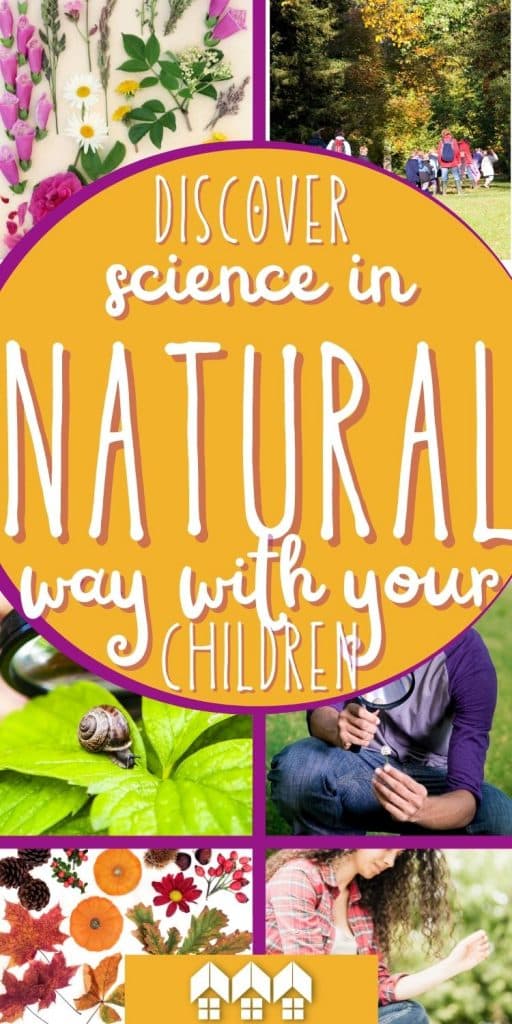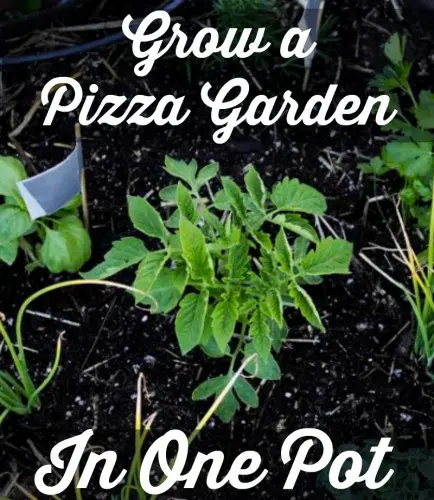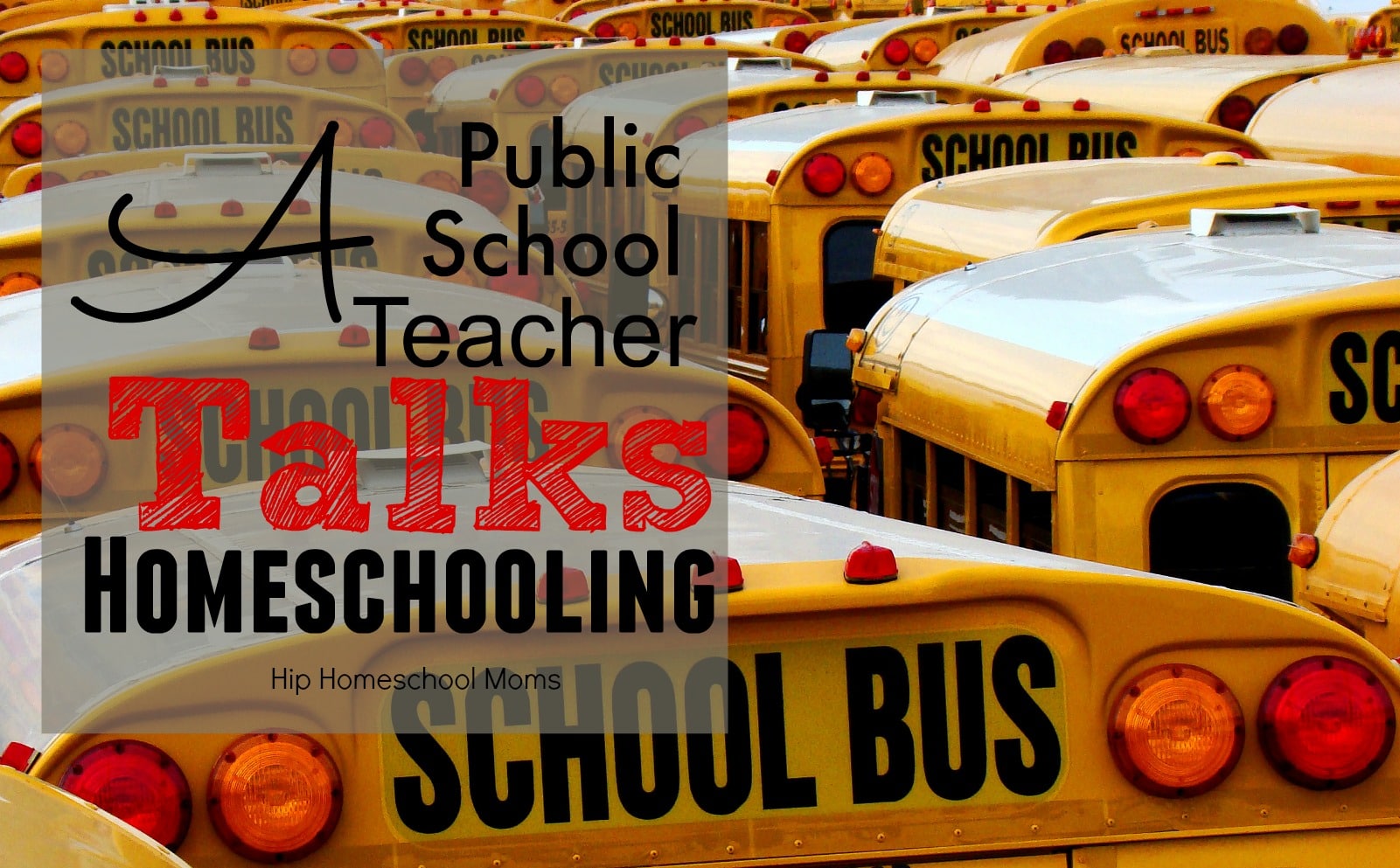Discover Science in a Natural Way with Your Children
Discover Science in a Natural Way with Your Children
When we think of science as a subject, our thoughts often default to a dull, dry textbook and lab equipment of some sort. Would it surprise you to learn that the great scientists of the past did not learn science in this artificial manner? It’s true! Instead, they discovered science in a natural way.
Scientists, especially those who studied life science, made most of their recorded discoveries by studying science in the open air in a natural environment. True science is, in fact, a study in observation of the natural world. Science isn’t needful of a lab or a book that spouts random facts with experiments to back them up.
In truth, when we take our children outdoors, science class is very much in session.
One of the most lauded educators and educational philosophers, Charlotte Mason, taught extensively on the benefits of time out of doors for a child’s development. Over and over, studies have shown this to be true.
Science Should Be Taught Naturally
Most of us graduated high school with a meager understanding of science. Why then would we want to imitate that ineffective model? It’s time to throw out the methods that don’t work and employ the methods that do.
Discover science in a natural way—the way all the best learning happens.
To begin, living books are tantamount to learning. Choose stories that naturally unfold the workings of science. These can be family read-alouds or books the child consumes in free hours.
Some delightful examples are James Herriot books, such as Treasury for Children; The Secret of Everyday Things and other books by Jean-Henri Fabre; and Arabella Buckley books including Wild Life in Woods and Fields. These are stories of encounters with nature, imparting valuable insights naturally.
We should protect our children from textbooks that spiral through science topics, attempting to give the child a little bit of information about a lot of things over the course of a year. This approach has been proven to be ineffective by many studies, yet these textbooks are sold by the millions to schools every single year. By the end of high school, most students dislike science.
Instead, we should give our children science books that explore a field of science in its entirety—whole books. Books that bring the subject to life with stories, fascinating and personal insights, and ideas—ideas that connect learning to life.
Charlotte Mason Warns:
“You may bring a horse to the water, but you cannot make him drink. What I complain of is that we do not bring our horse to the water. We give him miserable little text-books, mere compendiums of facts, which he is to learn…and produce at an examination.”
A compendium is a short summary of something. That’s what the typical textbook is—a superficial summary of facts to be memorized and regurgitated on a test.
Because of this, children using textbooks never truly grasp the intricacies of the connection between sun, soil, flower, butterfly, bee, bat, seed, and nutrition. If we give them dry, isolated facts about these elements, the child may never understand the connections between them or value the deep beauty of science in its fullness.
No wonder children in the U.S. score average to below average on international science assessments. We pollute the schools with miserable little textbooks that don’t teach science as it should be taught–in a natural way.
Yet a child who is given the right books—books that delve deeply into each subject—leaving no stone unturned—is a child who understands science at a level of true scholarship, scholarship worthy of a college academic.
Early in my homeschool journey, my uncle came to visit. He noticed my zoology book lying on the table. In the fashion of one who disapproves of homeschooling, he turned to my young daughter and proceeded to quiz her. “Okay, Little Miss, let’s see how much you’re learning in school. What animal pollinates all the food we eat?”
Don’t we just love it when our relatives attempt to discredit homeschooling? Nevertheless, my daughter—who had learned from the book several years earlier—looked perplexed. “All the food? Uncle, most of the food we eat is self-pollinated or wind-pollinated. And there’s not one single animal that pollinates all the food we eat.”
He was taken aback and questioned her further. She elucidated pollination and went on to describe how we had collected pollen from plants, and with a concoction of sugar water, induced pollen spores to elongate, exploring the method these little granules use to impregnate flowers.
Because she learned science from a whole living book and explored the wonder of pollination in the outdoor world, imparting awe and fascination, she could answer most any question about the plant world.
If she had been educated using a compendium, she would have been stumped herself. And my Berkeley graduated uncle would have had his satisfaction. Instead, he got an education.
Science in the Open Air
Providing our children with living books is just a small part of the equation. Time outside in the open air is where our children will truly get a science education. And the more time spent outdoors, the stronger the science foundation our children will have.
The interesting part of how this science education happens outdoors is that the less involved we are, the more the child learns.
Our job is to allow the child unstructured free time to run, to shout, to climb and to jump. Each dawning day offers new and interesting things to observe.
Our children watch the ants marching in a line across the yard. They follow the trail and find a dead insect at the end of the procession. They turn it over with a stick and watch the ants scatter. Later they go back and discover the ants have returned. They put a stick in the path of the ants and watch the ants circumnavigate the object.
This is learning, deep in the mind churning learning; this is how true science is conducted.
We must leave our children to their observations. It is not for us to explain, redirect their attention, attempt to teach a lesson, or interfere with their doings.
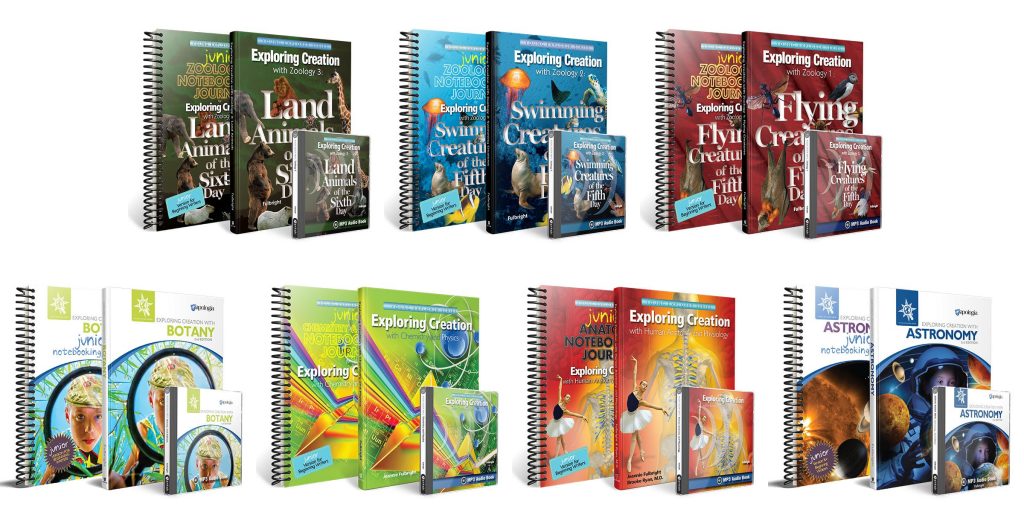
Charlotte Mason Tells Us
“…there should be no story-books, no telling of tales, as little talk as possible”
and
“They must be let alone, left to themselves a great deal, to take in what they can of the beauty of earth and heavens; for of the evils of modern education few are worse than this––that the perpetual cackle of his elders leaves the poor child not a moment of time, nor an inch of space, wherein to wonder––and grow.”
Our job as home educators is to allow our children to learn naturally. To watch and observe their watching and observing. To give them a peaceful, growing time in the open air. To discover science in a natural way.
Lessons in Observation
When our children come back and seem done with their interest in nature, we can conduct little lessons to further train their skill in scientific observation. We might ask them to take a look at part of the landscape and observe all they can. We should encourage them to take a picture in their mind of the scene then have them close their eyes and try to recall the image. When our children are ready, they will tell all they recall.
However, Charlotte cautions us in the use of this activity:
“This, too, is an exercise children delight in, but, as it involves some strain on the attention, it is fatiguing, and should only be employed now and then.”
She explains that the occasional use of this activity will begin to create in our children the habit of keen observation, yielding the skill of observation and recall.
Another activity to encourage observation training is to send your children over to an area to look around. Make it a fun game to see who can recall the most things they saw.
Ms. Mason says,
“This is all play to the children, but the mother is doing invaluable work; she is training their powers of observation.”
Time in nature benefits all of humanity. And it’s no wonder. We began this journey of human history in a beautiful garden. Of course, we would thrive outdoors.
So put away the tired notion that science happens only with a textbook and lab equipment, and embrace the truth that the most fruitful science is done outdoors in the fresh open air–when our children are allowed to discover science in a natural way.
Jeannie Fulbright is the author of the award-winning Apologia Young Explorer homeschool science curriculum Exploring Creation with Astronomy, Botany, Zoology, Chemistry and Physics and Anatomy and Physiology. She also creates the Charlotte Mason Heirloom Planner and is soon to release the science book Nature School: Science in the Open Air.
If you want to discover science in a natural way with your children, you may also enjoy these related articles!

Why We Love Apologia for Elementary Science
A Review of Apologia’s Online General Science Class for Middle School
Plant Science Right in Your Kitchen!
Grow a Pizza Garden in One Pot


